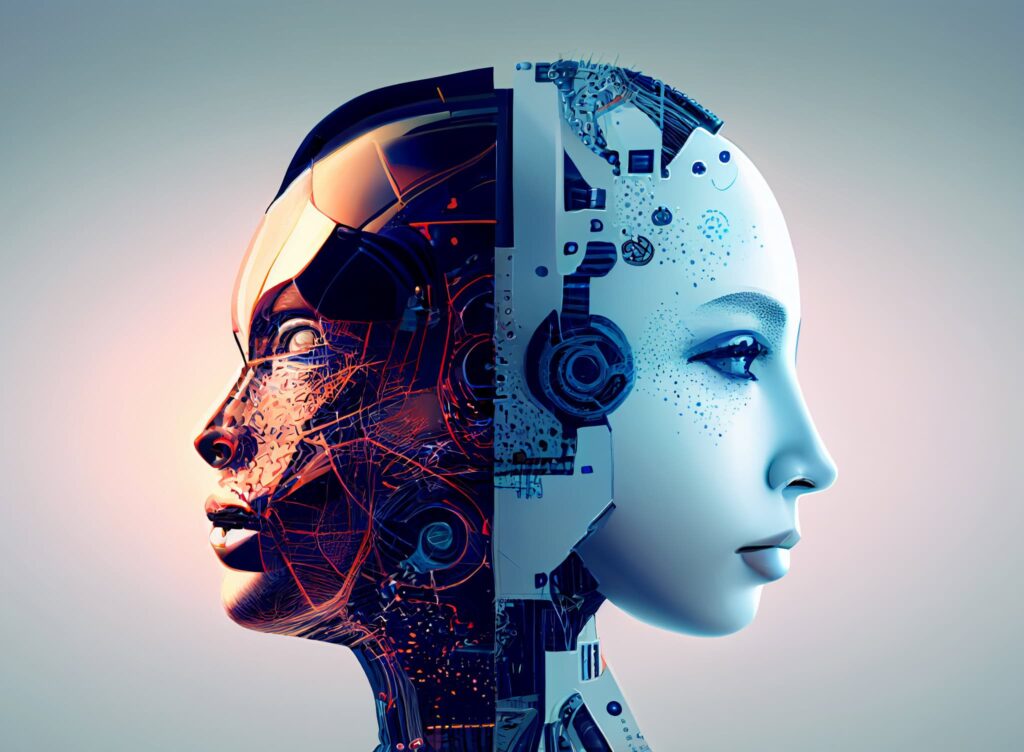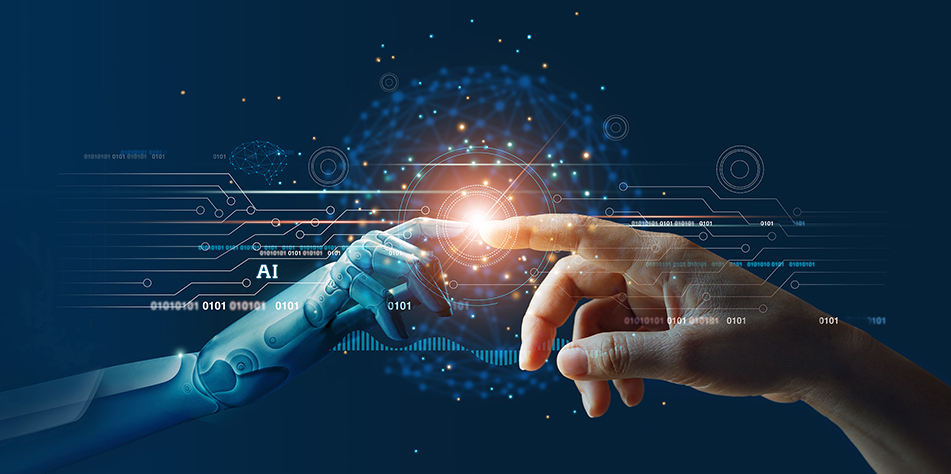
Have you used AI-powered content generation tools such as ChatGPT, Gemini, or MetaAI before? Do you enjoy conversing with Siri or using your car’s GPS for navigation? If so, you’ve already seen the potential of artificial intelligence in action. Beyond these fundamental AI functions, more advanced capabilities include creating code from scratch, automating responses with pre-built databases (chatbots), and analysing complex data for decision-making. AI can also detect security issues, optimise procedures, and improve predictive analytics, making it an effective tool in various businesses.
AI is revolutionising every business sector, including cybersecurity. While enhanced threat detection, automated security processes, and tighter authentication benefit defenders, hackers gain access to tools for more sophisticated attacks.
This raises an important question: is AI a friend or foe to organisations?
A Friend or Foe?

AI is altering cybersecurity, both offensively and defensively. Cyber attackers are rapidly embracing artificial intelligence (AI) to construct adaptive, scalable threats such as advanced malware and automated phishing efforts, just as some organisations use AI for improved security, faster threat detection, and predictive intelligence.
With an estimated 40% of cyberattacks currently being driven by AI, it is evident that AI can be a powerful weapon in the wrong hands. However, this does not imply that AI is inherently bad. The influence of this technology, like any other, is determined by how it is used. Let’s look at how AI is affecting the cybersecurity scene, both positively and negatively.
AI as a Friend: Strengthening Cybersecurity
✔ Threat Detection & Prevention
AI can process massive volumes of data in real time, detecting and neutralising cyber threats before they spread. For example, Microsoft’s AI-powered Security Operations Centre analyses over 78 trillion security signals every day, allowing it to detect and block threats rapidly.
✔ Automated Security Operations
AI reduces the burden on human analysts by automating repetitive tasks such as identifying vulnerabilities and responding to low-level threats. IBM’s Watson for Cyber Security, for instance, automates threat analysis and provides security teams with faster insights, helping them understand sophisticated threats.
✔ AI-Powered Authentication
Biometric security, such as facial recognition and behavioural biometrics, enabled by AI, improves authentication. Apple’s Face ID and Microsoft’s Windows Hello are good instances of AI-powered authentication that reduces reliance on traditional passwords.
✔ Predictive Threat Intelligence
AI helps organizations stay ahead of cybercriminals by analyzing attack patterns and predicting future threats. The U.S. Department of Homeland Security (DHS) uses AI-powered predictive analytics to identify potential threats before they materialize.
✔ Incident Response & Recovery
AI-driven security solutions like Cortex XSOAR by Palo Alto Networks automate incident response, reducing downtime and limiting damage after a breach. This allows security teams to act faster and more effectively.
AI as a Foe: Supercharging Cyber Threats
❌ AI-Powered Cyberattacks
Hackers are employing artificial intelligence (AI) to automate assaults, avoid detection, and exploit weaknesses faster than before. In 2023, cybersecurity firm Darktrace discovered AI-generated malware capable of bypassing existing protection systems by evolving in real time.
❌ Deepfake & Social Engineering Attacks
AI has enabled incredibly realistic deepfake videos and voice modifications, making phishing and fraud more credible. In 2019, cybercriminals exploited AI-generated speech deepfakes to impersonate a CEO, duping a UK-based corporation into transferring $243,000 to unauthorised accounts.
❌ AI-Driven Malware & Ransomware
Artificial intelligence is making malware more adaptable and evasive. Emotet, one of the most notorious malware strains, is now using AI techniques to dynamically modify its code, allowing it to avoid detection. AI also enhances ransomware attacks, optimizing ransom demands based on a company’s ability to pay.
❌ Weaponized AI Bots
Cybercriminals are using AI bots to automate hacking, credential stuffing, and massive denial-of-service (DDoS) attacks. During the 2020 Twitter hack, attackers used AI to automate phishing messages, compromising high-profile accounts like Elon Musk and Barack Obama.
❌ Bias & False Positives
AI security solutions, if not correctly taught, might generate false positives or completely overlook threats. This can cause organisations to ignore legitimate risks or become overwhelmed by unnecessary alerts.
Closing Note

Artificial intelligence is both a game changer and a difficulty in cybersecurity. Organisations must leverage AI’s strengths while remaining watchful against AI-powered risks. The key is to implement AI-driven security solutions that can adapt to changing cyber risks.
At TechInnovate Cyber, we specialise in AI-powered cybersecurity strategies that protect businesses and critical infrastructure. Our solutions help organizations detect threats, automate responses, and stay ahead of cybercriminals using AI-driven attacks.
Book a consultation, and let’s safeguard your organization’s future.


